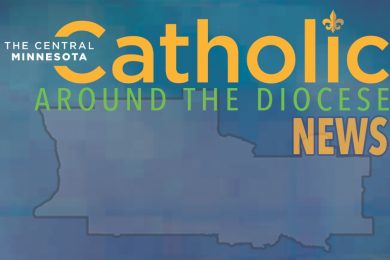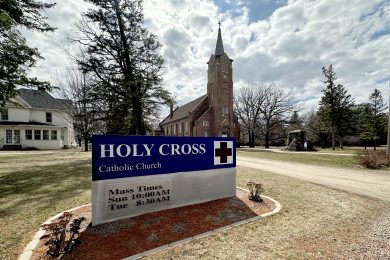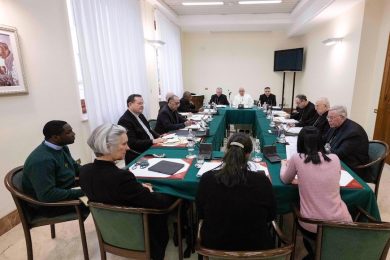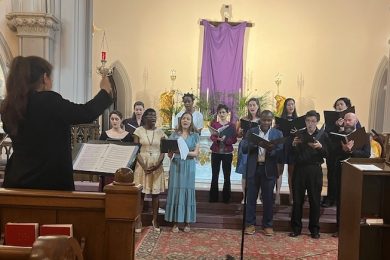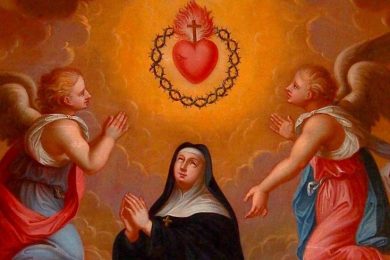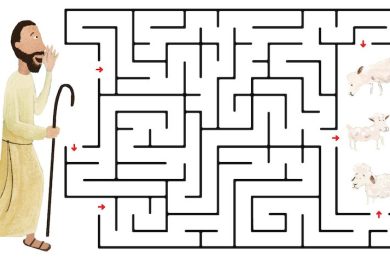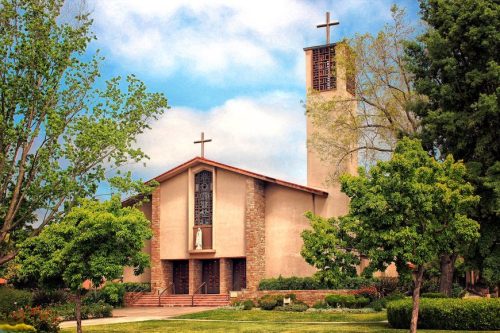By Gina Christian | OSV News
(OSV News) — Recent and potential bankruptcy filings by California and New York dioceses, made in response to clerical sexual abuse claims, highlight the complex tensions between civil and canon law regarding church assets — including those at parishes — and their availability for settling lawsuits.
With several states, including California and New York, having temporarily lifted statutes of limitation on child sex abuse claims, a number of Catholic dioceses have declared or are poised to declare bankruptcy.
The Diocese of Santa Rosa, California, officially filed for Chapter 11 bankruptcy March 13. Bishop Robert F. Vasa explained the move was necessary due to more than 160 sexual abuse claims filed against the diocese after California opened a three-year window in its statute of limitations.
The Diocese of Albany, New York, announced March 15 it would file for bankruptcy, having been named in “more than 400” lawsuits filed between August 2019 and August 2021 under the state’s Child Victims Act, which temporarily suspended the statute of limitations for claims.
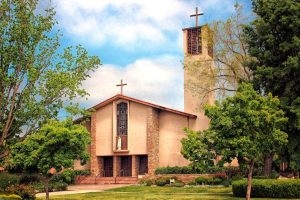
The dioceses of San Diego, Sacramento and Oakland, California, have stated they are considering bankruptcy filings as well. The San Diego Diocese also filed for bankruptcy in 2007, following a similar lifting of the statute of limitations in California. The motion was successfully dismissed after the diocese paid out $198 million to settle 144 claims — an amount that “depleted most of the assets of the diocese,” Cardinal Robert W. McElroy wrote in a Feb. 10 message on the diocesan website in which he disclosed the possible new filing.
But attorney Jeff Anderson, whose firm Anderson and Associates has represented thousands of sexual abuse victims over the past 40 years, told OSV News he believes dioceses often “follow a playbook designed to hide their assets, and their true ability to pay survivors.”
Anderson said the strategy centers on transferring property titles from the bishop to parishes, thereby reducing the available assets of a diocese for satisfying bankruptcy creditors.
Those transfers rely on civil incorporation laws that enable dioceses and parishes to function as business entities.
“The assessed tax value of the parishes in Santa Rosa (diocese) alone is in excess of half a billion,” said Anderson. “And the trustee for the transfer is the lawyer of the bishop. The whole scheme is suspect at best and fraudulent at worst.”
The transfers “are a source of agitation and frustration,” yet the legal reality “is not as open and shut as the lawyers representing the plaintiffs are saying to the press,” Marie Reilly, a professor at Penn State Law and an expert in bankruptcy and commercial law, told OSV News.
A key issue for those in the pews is “whether the parishes are part of the debtor’s estate,” said attorney L. Martin Nussbaum, cofounder and partner of the Nussbaum Gleason firm, who has advocated for dioceses in litigation. He told OSV News, “Crystal clear it is not … because parishes and dioceses come into existence not by an act of the state, but by an act of the church.”
Reilly, who catalogs and studies U.S. Catholic diocesan bankruptcies in depth, noted in a 2019 law journal that “Catholic diocesan debtors are unique among nonprofit organizations (due to) their affiliation with the Catholic Church.”
That is because the Catholic Church itself operates under both canon and civil law, with the former acknowledging the latter and requiring faithful to comply with it — except in matters where secular law directly contradicts canon law, or “where canon law provides otherwise” (Canon 22).
In addition, the church is neither “a universal, monolithic corporate organization” nor “a Pope-led kingdom with absolute, downward hierarchy, as many suppose,” wrote Reilly.
As a result, dioceses and their parishes straddle two worlds: forming corporate structures under civil law, while remaining ecclesiastical entities under canon law, with temporal and spiritual authority interwoven throughout.
From a canon law perspective, dioceses and parishes are deemed “public juridic persons (PJP),” which own their respective property under the exclusive administration of bishops and pastors, who are to steward PJPs in accordance with canon law, Nussbaum said.
The PJP is similar to the “persona ficta” (Latin for “fictitious person”) of civil law: an entity established with a legal personality that transcends any individual or group owner. The concept was developed under Roman law, which “quickly recognized the emperor didn’t really own the buildings; the empire did,” said Nussbaum.
Under the civil law of their various states, many U.S. dioceses are registered as an entity known as “corporation sole,” which enables bishops to oversee diocesan property and finances, and smoothly transfer that authority to successors.
Yet amid clerical abuse suits, dioceses are increasingly moving away from the corporation sole structure, encouraging parishes to incorporate — a trend Reilly and Nussbaum say aligns church entities’ status in civil law more closely with canon law.
But Anderson finds this trend disingenuous, given the timing, as it coincides with states lifting or preparing to lift their statute of limitations to allow victims to file sex abuse claims. Anderson indicated the courts should scrutinize “this recent playbook of transferring assets.”
“In Santa Rosa (Diocese), parishes were not incorporated until 2018,” Anderson said. “Now they’ve moved them into separate corporations and trusts, and they transferred the title from the corporation sole of the bishop to all the parish corporations.”
Yet Nussbaum said that assessment does not necessarily reflect the historical evolution of dioceses and parishes.
“If a diocese decides to incorporate a parish, that doesn’t mean (the parish) came into existence at that moment,” he said. “Some parishes have been around for over 100 years prior. They came into existence when the bishop erected them according to canon law.”
Reilly also noted that parish assets themselves defy easy valuation.
“It’s hard to assign a market value to St. Patrick’s Cathedral in New York,” she said. “It’s a historically protected cathedral. … The idea of a court ordering a diocese to sell all of its church (to settle abuse claims) would certainly raise religious free exercise issues.”
Anderson disagreed, saying that “nobody has ever come close to suing the church out of its houses of worship. … We are holding them legally responsible under the law for (clerical) misdeeds, and subjecting them to scrutiny for their ability to pay.”
“And what a bishop owns or controls is subject to inquiry and discovery,” he said.
On March 24, the Diocese of Rochester — the first diocese in New York state to file for Chapter 11 bankruptcy — announced a $75 million settlement with 400 abuse survivors as part of its reorganization plan. The settlement also will allow abuse survivors to legally go after the diocese’s insurers.


